Author // Sarah Mowery Thursday, 14 April 2022
When you think of a mathematics classroom you are probably thinking about numbers, equations, and formulas. Many may not think about the reading and writing that is also necessary for a mathematics classroom. In order for students to think like a mathematician they also need to read and write like one. In their article, Writing in Math: A Disciplinary Literacy Approach, William Brozo and Sarah Crain (2018) emphasize the importance of literacy in math, stating that, "problem solving in math begins and ends with literacy."
In Ohio's Learning Standards for Mathematics, the Standards for Mathematical Practice "describe varieties of expertise that mathematics educators at all levels should seek to develop in their students." The first Standard for Mathematical Practice states that students need to "make sense of problems and persevere in solving them." When students start by explaining to themselves the meaning of a problem and look for entry points to its solution, they are more confident and motivated to find the answer. Literacy skills support this, providing context and opportunities for reflection through reading and writing.
Reading in the mathematics classroom can bring authentic topics to the forefront and help students see the connection between mathematical concepts and the world around them. Highlighting key vocabulary words within the text and deciphering those words can also help students to better comprehend the text.
Writing is beneficial to help support students in understanding and connecting the mathematical concepts they just read. Writing in a mathematics classroom can come in many different forms. Students can use graphic organizers to organize their thoughts for a deeper understanding of the question or mathematical concept, they can annotate their notes to explain in more detail, and they can break down word problems to help deconstruct what the question is asking and then write a sentence or paragraph explaining the solution. Additionally, writing in the mathematics classroom is also helpful for students to make connections. In the article Content Area Literacy in the Mathematics Classroom, Armstrong, Ming, and Helf (2018) claim that "when students write in the mathematics classroom, it helps them analyze, interpret, and communicate ideas which serve to deepen their understanding of content." Whether students are crafting a composed explanation or reflection or using graphic organizers to deconstruct the problem, writing is a key part of literacy in mathematics instruction.
Graphic Organizers
Graphic organizers help students organize their thoughts and break the content apart for ease of understanding. Armstrong, Ming, and Helf (2018) provide graphic organizer examples and visual supports that can be used in a mathematics classroom. Below is an example, from their article, of a graphic organizer specifically modified for use to break apart complex mathematics word problems.
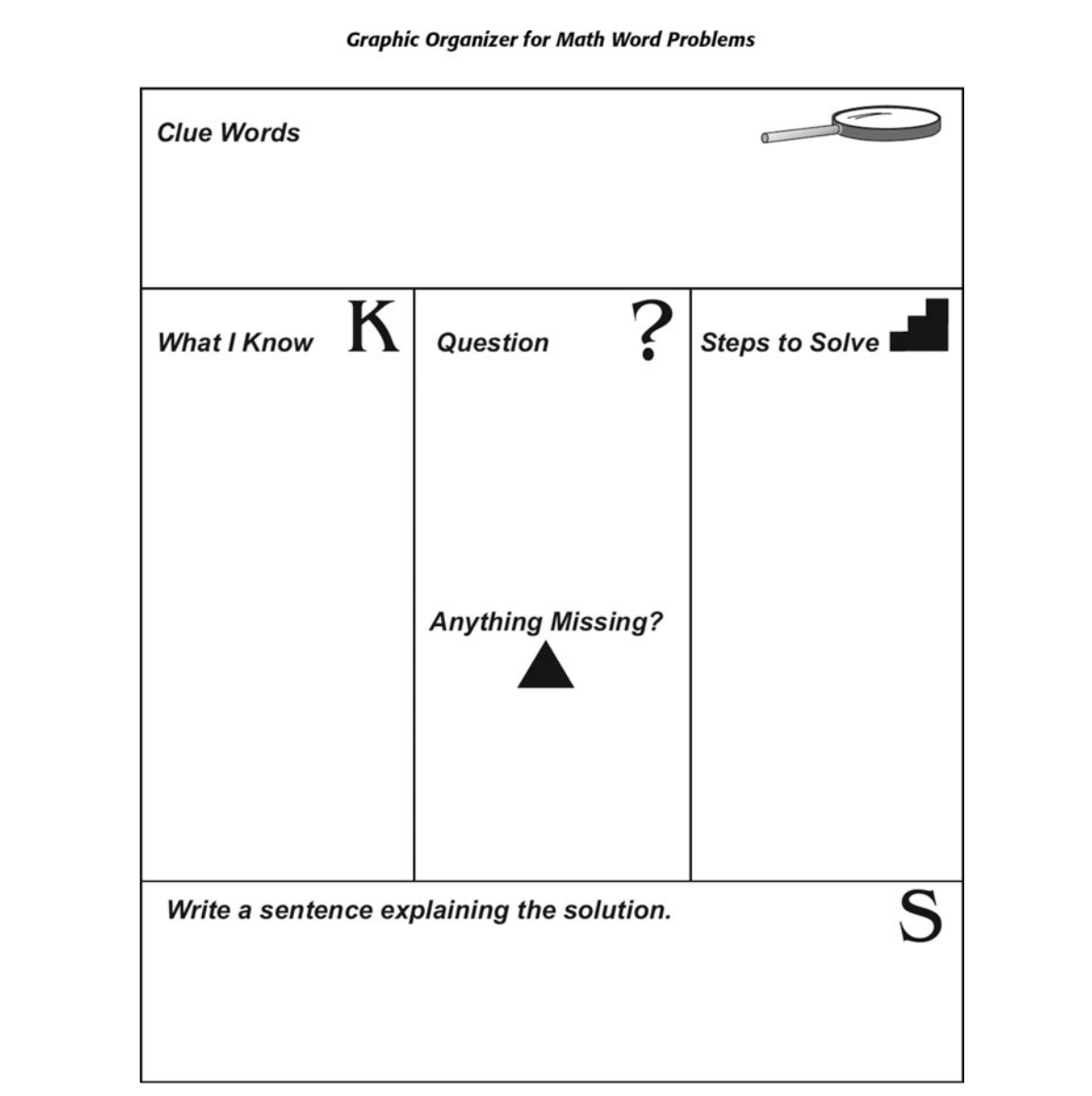
INFOhio has many mathematics resources with quality mathematics content. Provide students with mathematics practice problems to solve from INFOhio's inquiry tool, IWonder. Share the link to Do you have a math problem to solve? and guide students to a topic you are studying. Assign specific practice word problems to students and ask them to break them apart by using the Graphic Organizer for Math Word Problems, shown above.
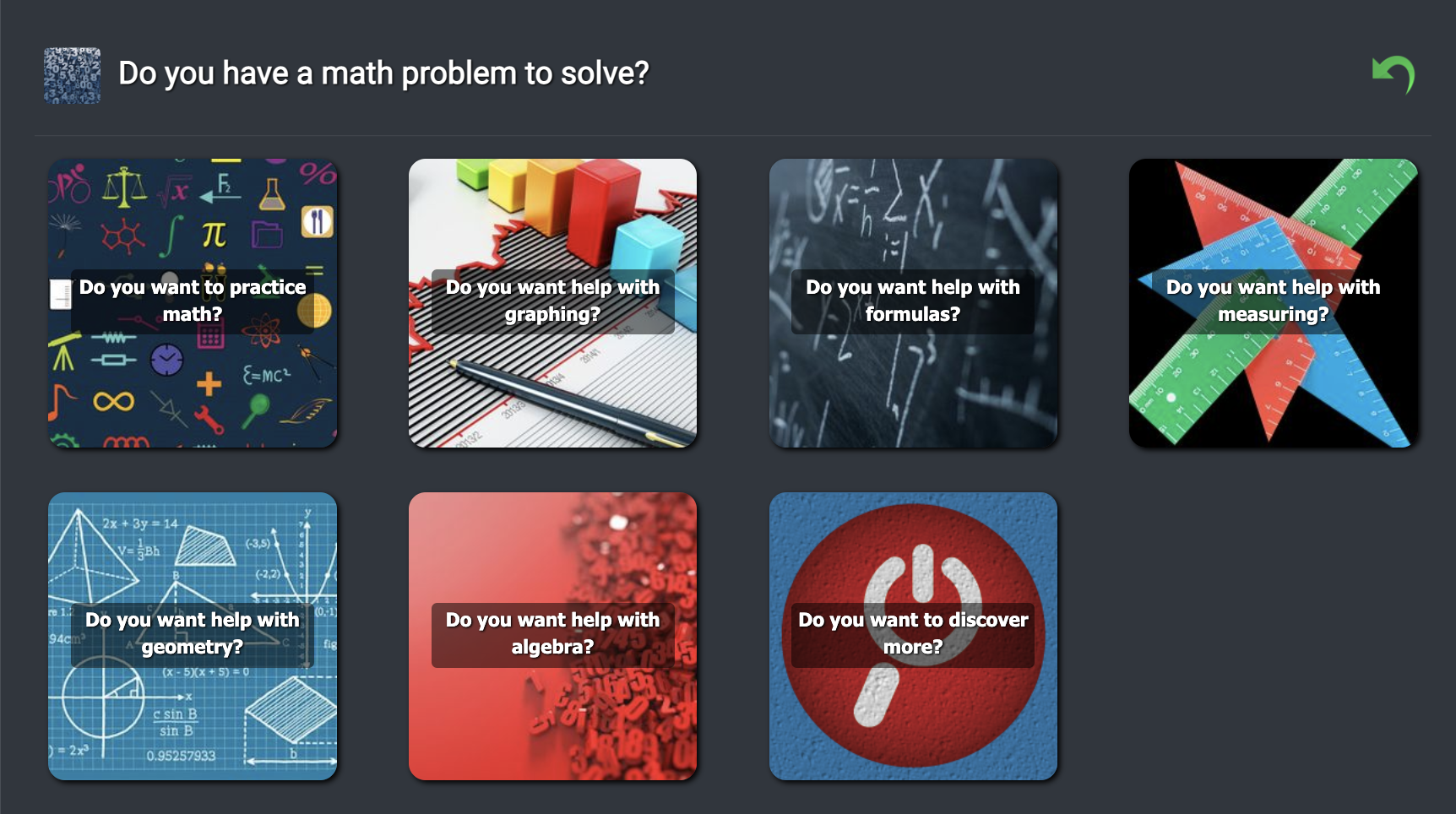
Using graphs and visuals in a mathematics classroom helps support all learners. A graph is a way of conveying information visually, bringing a deeper understanding of the mathematical content. Interpreting data through graphs is a mathematical skill across many grade levels.
Note Taking
Taking notes in a mathematics classroom is important for remembering the content. The High School Collection eBooks (EBSCO), provide a collection of more than 12,000 unlimited use eBooks on many academics subjects including mathematics. To further understand the notes, have students use this Balloon-Help Annotations Strategy from this eBook from the high school collection, Write On! Math: Note Taking Strategies that Increase Understanding and Achievement by Robert Gerver (2018). After copying notes from the teacher, students can add additional notes or use sticky notes to further explain the concept.
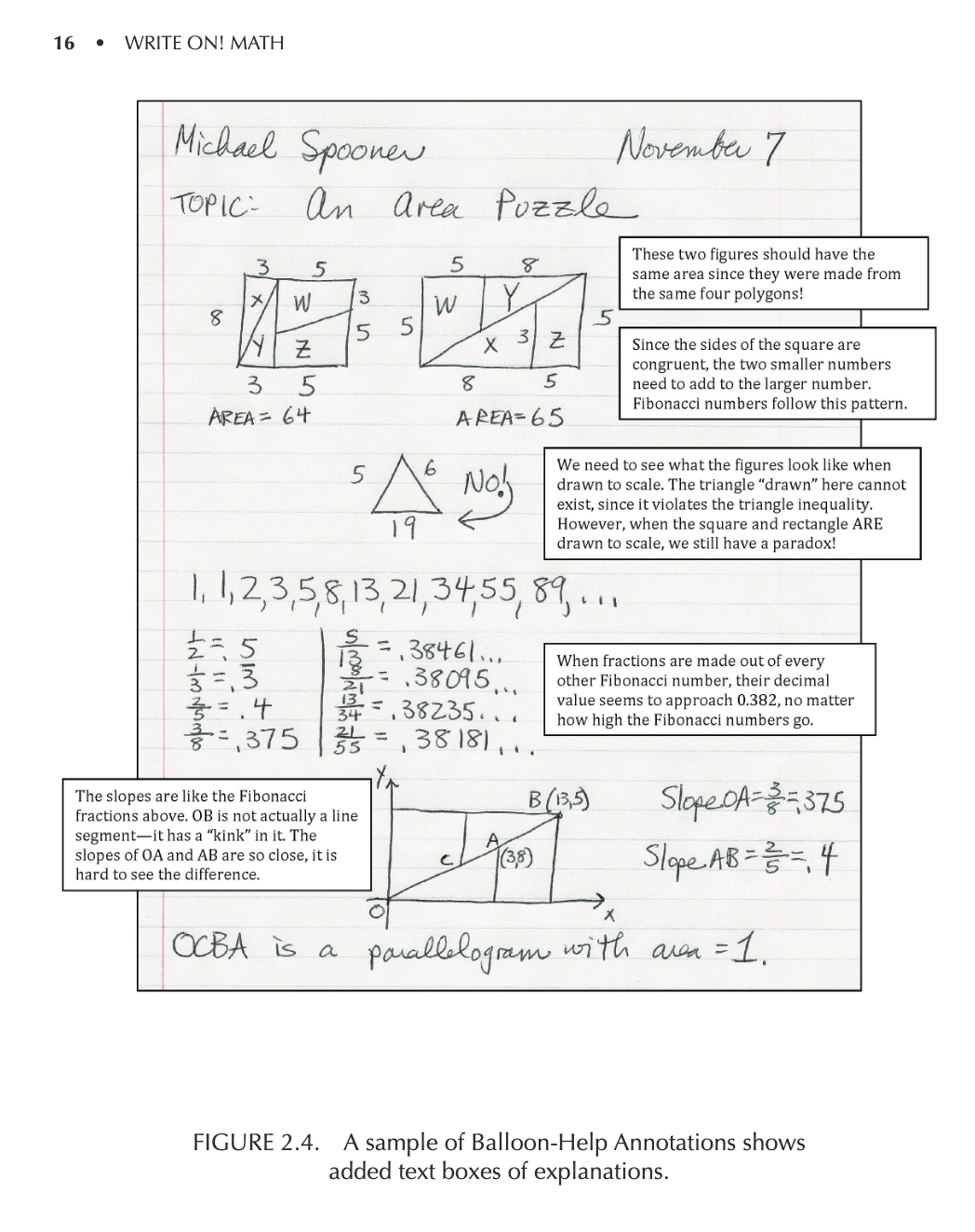
Another INFOhio resource that is rich with mathematics content and can be used with literacy approaches to build connections is Science Online. This resource provides diagrams, experiments, tables and data, timelines, and videos and animations on topics for middle school and high school mathematics.
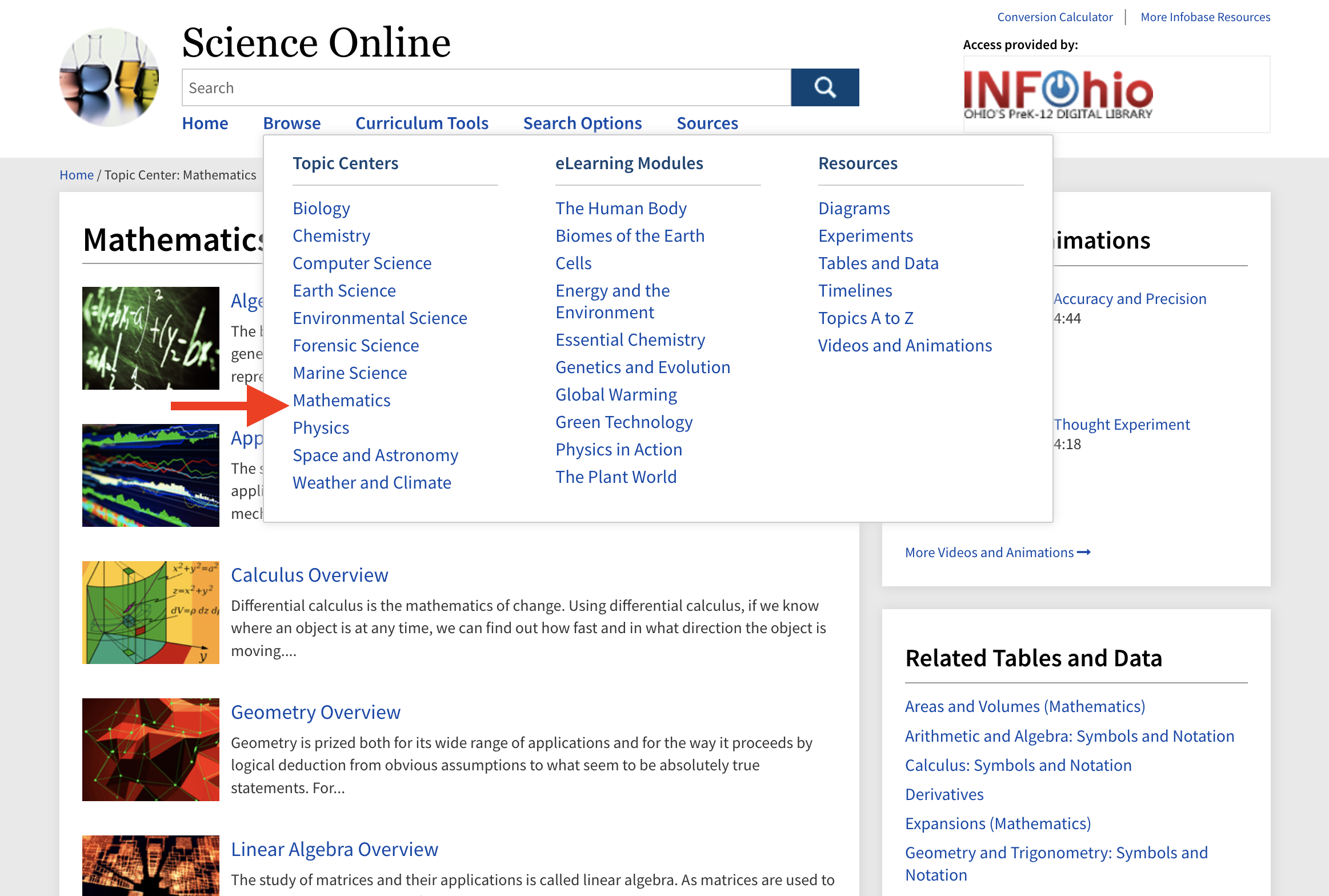
To practice using this Balloon-Help Annotations Strategy, shared above, share a topic page or formula page from Science Online and ask students to add comments to different sections to explain the content in their own words or add additional information that will help build their understanding of the content. In this example, the notes on the topic of Common Denominators was downloaded and saved to Google Drive. To help aid in understanding the content, comments with explanations were added.
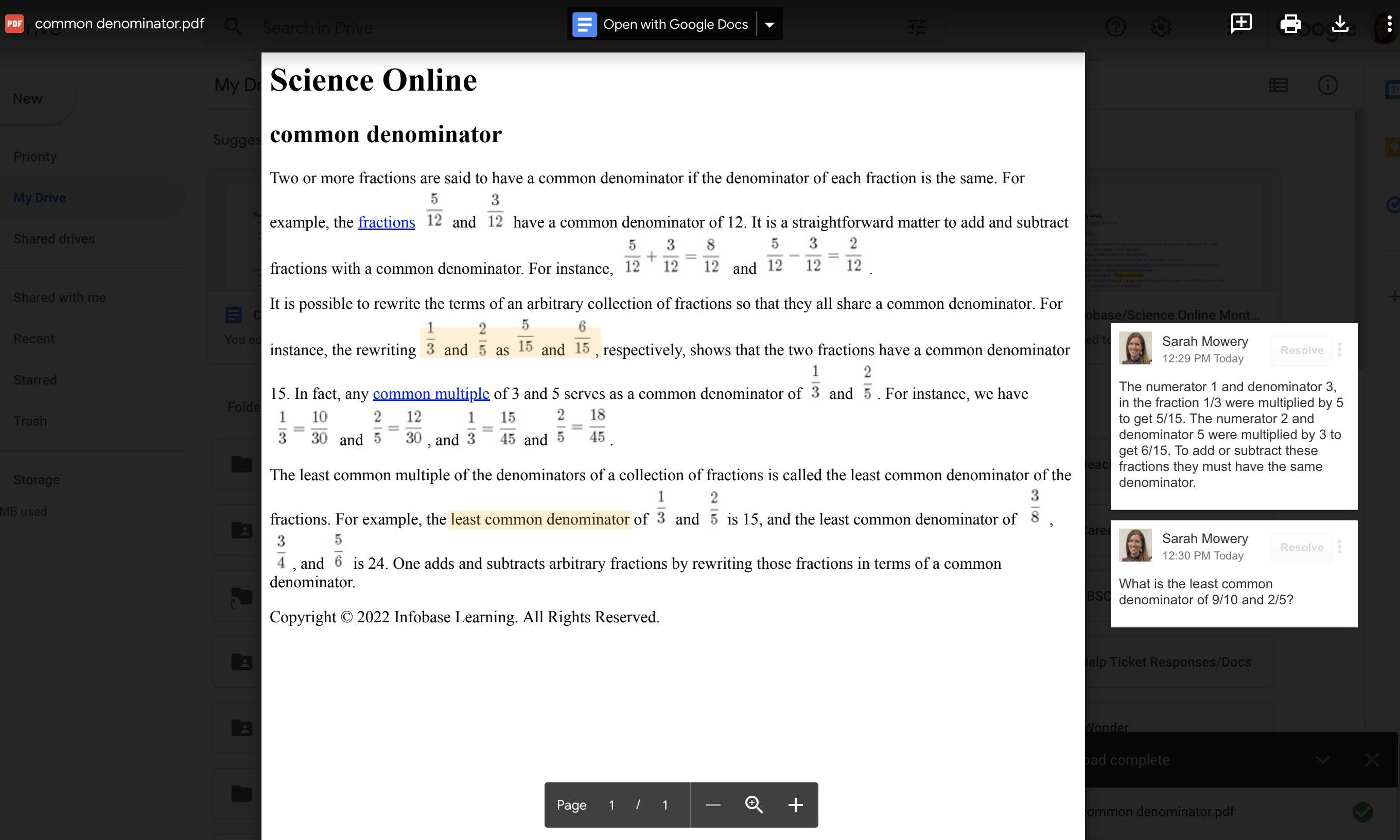
Using INFOhio's resources can help you bring reading and writing activities to your mathematics classroom, making math engaging and relatable to the real world. Explore and share these resources with your students. Then share how #INFOhioWorks for you on social media.
INFOhio is here to support you. If you have questions or specific needs, don't hesitate to reach out to us at support.infohio.org.
Sarah Mowery is a Professional Instructional Specialist with INFOhio. She has worked in education for 16 years as a school librarian and technology coach in elementary and middle school settings. While in these roles, she's been an integral part of the building leadership teams working as a curriculum connector and integrating web-based tools. She earned a BA in Sociology from Bowling Green State University and an MLS with a specialization in PK-12 schools from East Carolina University. Sarah was one of the original INFOhio ICoaches when the program first began in 2013 and has a passion for sharing how INFOhio resources can transform teaching and impact learning for students and educators across the state of Ohio.
Fetch is avaiable to INFOhio automated schools. If you are an INFOhio school, please log in with your school username/password using the button at the top-left corner of this page.
For more information about Fetch, please visit the Fetch information page or contact INFOhio support at https://support.infohio.org.